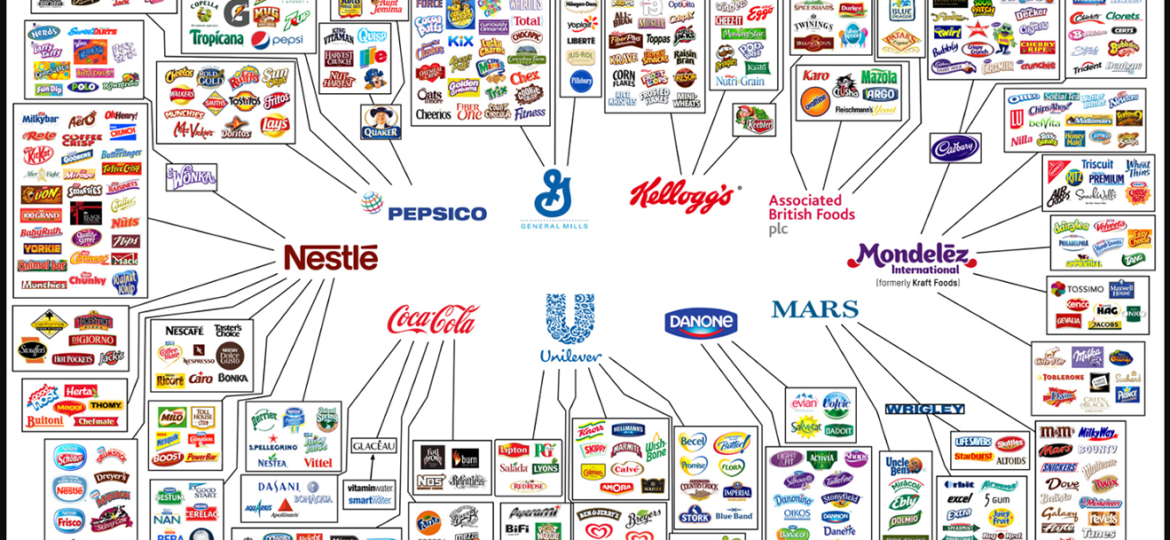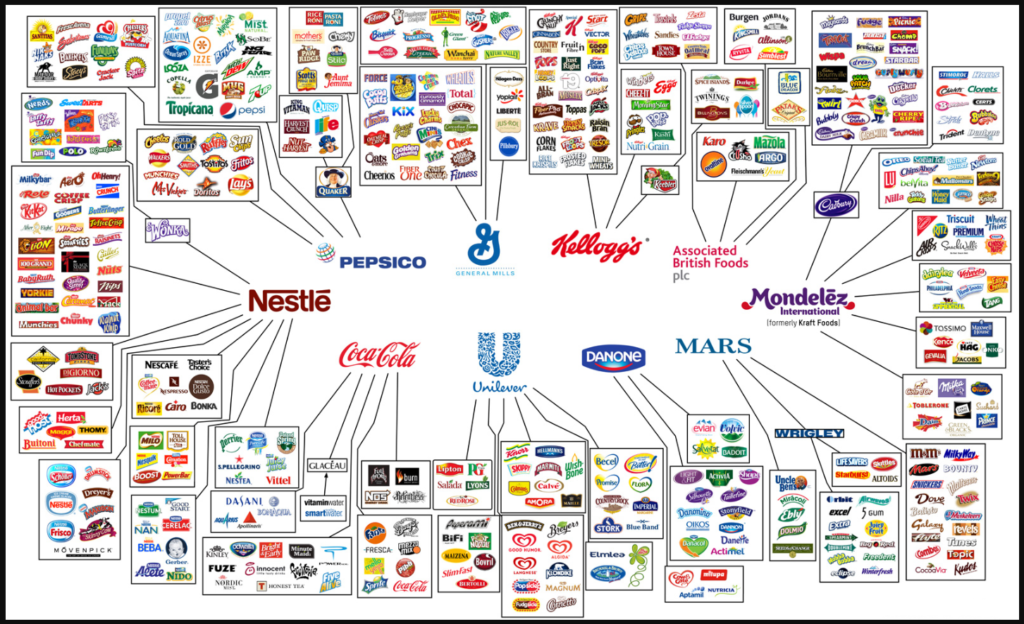
Main Point: In largely failed efforts to de-risk the innovation and product development process, teams learned the wrong lesson. They are under tremendous pressure to make incremental changes to their existing product line instead of creating novel solutions. Companies copy designs, ask the same questions of the same customers, and leverage the same supply chains. In the end they create undifferentiated products.

There is a reason every smartphone looks identical once you put it in a case. What’s weird is how that wasn’t the case just a few years ago, but now it’s undeniable. The reason is convergence. Over time, products and services converge on similar specs, similar outcomes, similar audiences. The process of convergence is nothing new, and like many examples of business imitating nature this one creates opportunities to thrive. Let’s look at evolution as a parallel first, then explore new entrants to established industries (invasive species), and lastly we’ll beat the dead horse with a too-on-the-nose general business parable.
It’s Evolution. It’s Inevitable.
Convergent evolution is when animals with no relation start to look and behave like each other over many generations. “An example of convergent evolution is the similar nature of the flight/wings of insects, birds, pterosaurs, and bats. All four serve the same function and are similar in structure, but each evolved independently.”2
Smartphones are an everyday example. Another less obvious one is the tiered pricing structure for software. They’re all set up pretty much the same: free, pay a little for most features, pay a lot for everything.
Why does everything from consumer products to software pricing eventually converge on a middle ground of similar look and feel in their respective markets? The same reason bats, bugs, and birds can fly. Nature, or the market, has selected a winning design. It’s the literal definition of survivorship bias playing out in real time. “That design is working, let’s do something similar.”
The threat many business strategists and product managers have picked up on now is that this process is incremental, slow, and creates competition. Competition is bad when your company is looking for premium. Any novel threat, organic to your industry or otherwise, can upend the entire ecosystem and resign your firm to the fossil record.
Invasive Species Threat – Player 3 Has Entered the Game
Invasive species are fully fledged and modern organisms transported artificially from their original environment to a new one, often accidentally. They show up and within a generation or two have completely dominated – transforming the existing ecosystem. Much to the chagrin of naturalists and the local fauna.
Invasives tend to thrive in this new and unfamiliar terrain because they co-evolved alongside a different set of predators and food-chain competitors. But in this new environment no predators and fewer resource competition exists. In this analogy you want to be the invasive species. You want to be the novel threat to the complacent and routine firms of a sleepy marketplace.
The Other, Stickier, Way
Another way to threaten established competition and create space for premium is to develop a truly and radically innovative solution. Solution to what? Good question.
Scanning your own market is one approach. Another is to look for recently disrupted markets, growing markets, new-to-the-world industries, or traditional verticals that are simply unfamiliar to you. Talk to the people in that ecosystem. Add value by finding problems that have ‘workarounds’ instead of solutions and present your offering as a radical innovation. It’s possible. We do it every single day.
If Adapt, Grow, or Perish as the saying goes isn’t working fast enough for you – Migrate. Move into a space where your product solves an existing problem in a novel way.
Source Links/Materials:
